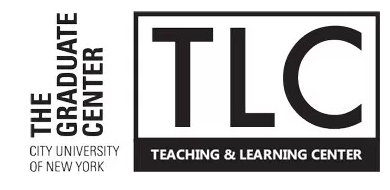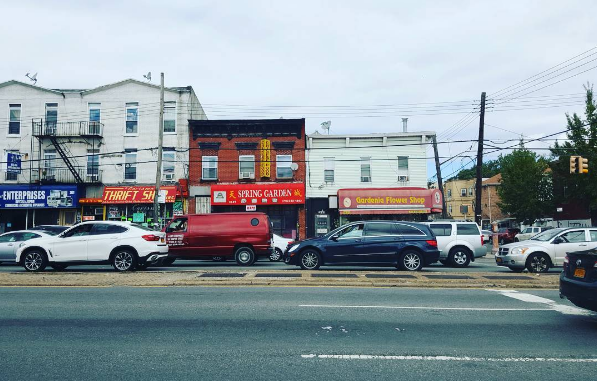In the Spring of 2017 I asked students in my Urban Studies 101 course to culminate their class-experience by creating digital public education tools that would 1) allow them to go deeper into a topic of interest to them and 2) organize what they learnt through their deeper dive in a way that it could be communicated with a larger public audience. These are their projects.
[More on assignment description here.]
Table of Contents
People of NYC
Street Optics, by Jake Shellow
This ongoing project captures the lives of those who go unnoticed on a daily basis. It is often that these people are not given the time of day, and their voiced are rarely heard. Through this project I hope to lend a hand in helping those speak out about the urban issues in our society. I have shot and developed all of the photographs myself. The writings are composed of notes from my many notebooks. I gained permission to photograph every person seen throughout this project. There is still a lot of work to be done with this project but this is what I have to present to the class. Enjoy.
Disenfranchisement of Minorities and Women, by Keith Rogers
For my project, I conducted an interview with my parents to ask them about their experiences or remembrances of past policies put in place that kept African Americans and other minorities, as well as women disenfranchised. They talk about public and corporate policies that impacted them years ago and how the impact still has an effect on them today.
Neighborhood and Community Studies
Brooklinfication: A Details Study of Gentrification in Brooklyn, by Shevin Narine, Paraskevas Xenophontos, Matt Gomes, Raiaan Valle and Aalya Ismail
We have examined the effects of gentrification on particular areas of Brooklyn, namely: Williamsburg, Bedford-Stuyvesant, South Slope and Bushwick and presented our findings using WordPress.
A Whiter City, by Christopher Caba
“NYC will become a whiter city if gentrification keeps happening.” I displayed my findings using Story Maps.
Inequality in Housing due to Racial and Ethnic Backgrounds, by Mishel Sanchez
The purpose of this project is to learn and have a general sense of why there is so many disparities in housing today because of racial and ethnic backgrounds. As you progress through the site, you will learn historical practices and policies that have made it almost impossible for minorities to have equal opportunities in housing, that have led to the gap today.
The New Jamaica: Gentrification at its Best, by Nicole Valle
I recognized that gentrification was happening all throughout Jamaica, Queens and followed it development by researching news articles and observing the area myself. I displayed my findings using Story Maps.
Barclays Center Community Issues, by Vahe Atakhanian
In this project I’m going to show how eminent domain was abused with the Barclays Center. Also I’ll discuss a host of other issues that the community has with the arena using story map.
History of Sunnyside, by Ariful Malik
In my project I wrote a timeline about the history of Sunnyside. From its beginnings as a farm to the present day, where it is currently dealing with gentrification issues.
Public Space
‘You can’t be here, this is our property’: The Militarization and Privatization of Space, by Ashley Bruno I conducted an interview with a resident of a gated community in eastern Queens, New York and a resident of Hillside Avenue to compare and contrast methods of militarization and privatization of space. The interview sheds light on these practices and provides possible solutions in hopes of informing listeners and encouraging changes to help communities grow. The interview is inspired by podcasts and is posted on Soundcloud.
Educational Equity
The Cyclical Nature of Education and Poverty, by Henry Yam, Kylle Cassela Mendoza, & Jerry Yan Chen
A link to ourStoryMap. Please view first. Then see our summary on our findings. Finally our proposed solutions to end the cycle.
Starting with Students: Working Towards Educational Equity in New York City, by Sara Pepkin
This project used Story Maps to show the history of educational inequity and the problems associated with it. Educational equity can be achieved through policy changes, increased knowledge of students, parents, and teachers on educational rights, and equitable funding. There are also organizations such as the Campaign for Educational Equity that provide information for those seeking to make a change in their schools.
Criminal Justice
A Never Ending Problem, by Daniel Matos
This timeline is meant to show the never ending problem and conflicts that people of color have to face with the criminal justice system and how its still occurring today.
Immigration
Immigration History, by Rafael C.
The project focuses on some major dates that have a large impact on immigration policies. I used Timeline JS for this project
Immigration: A Battle Led by President Trump, by Lauren Hondolero, Michelle Recalde, & Victoria Tyszka
Our group researched and studied Trump’s perspectives and establishing of immigration issues and policies and arranged our project into a Prezi presentation.
Other Unique Perspectives
Dog Whistles in Mainstream Media, by Shannan O’Neil
Take a look at my final project, a blog I started about how media portrays poverty and how it can shape how people see it!


